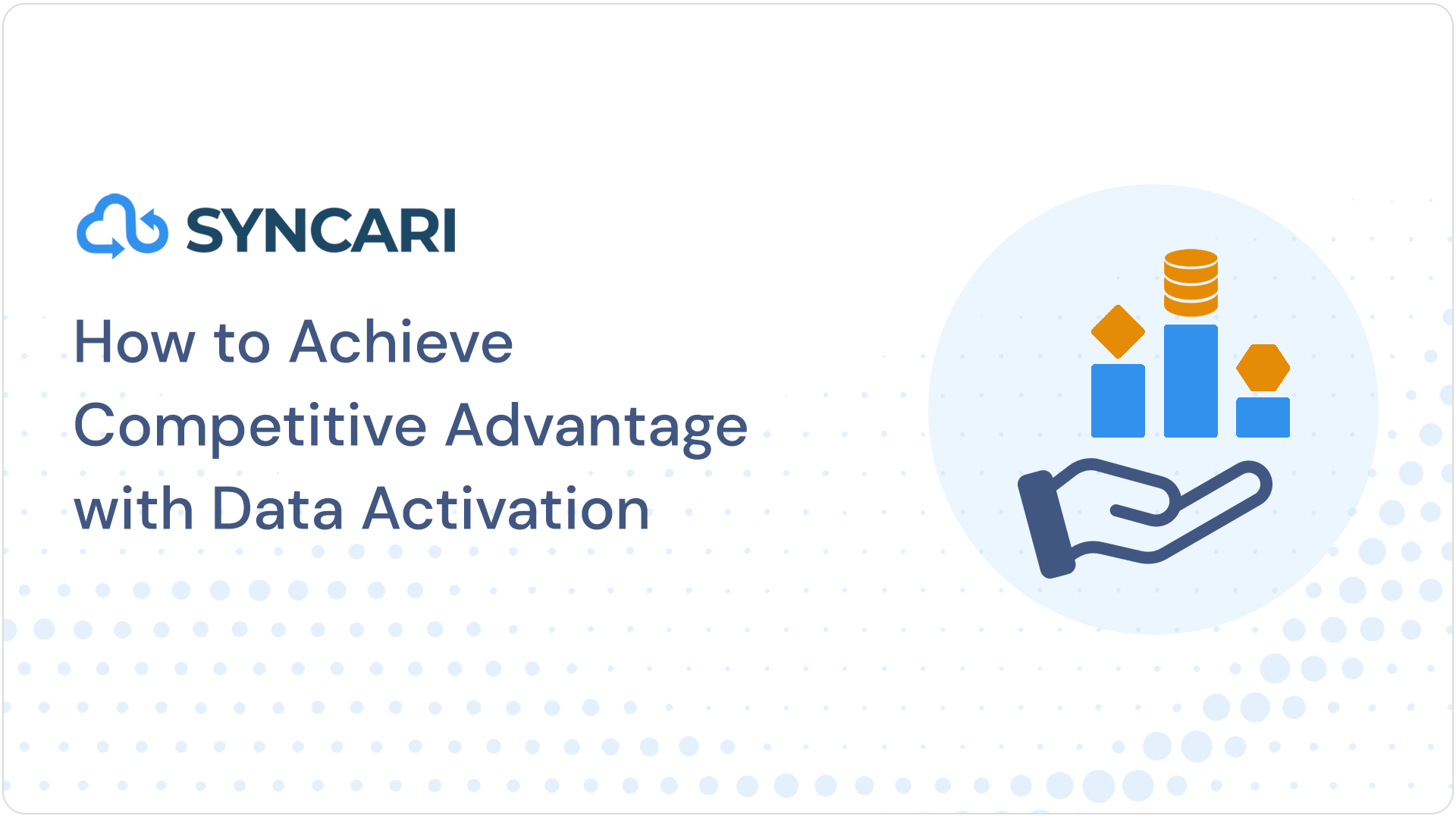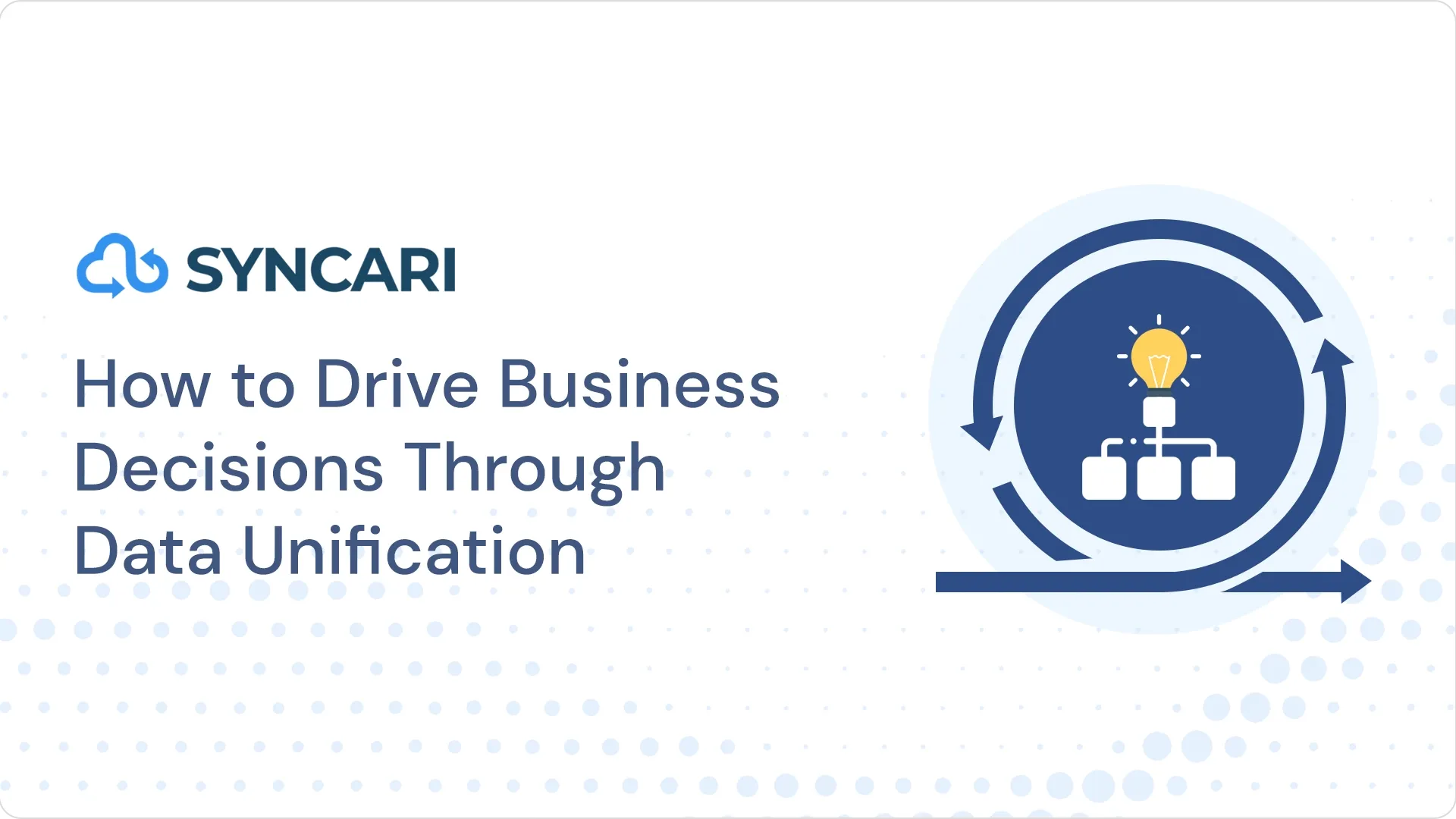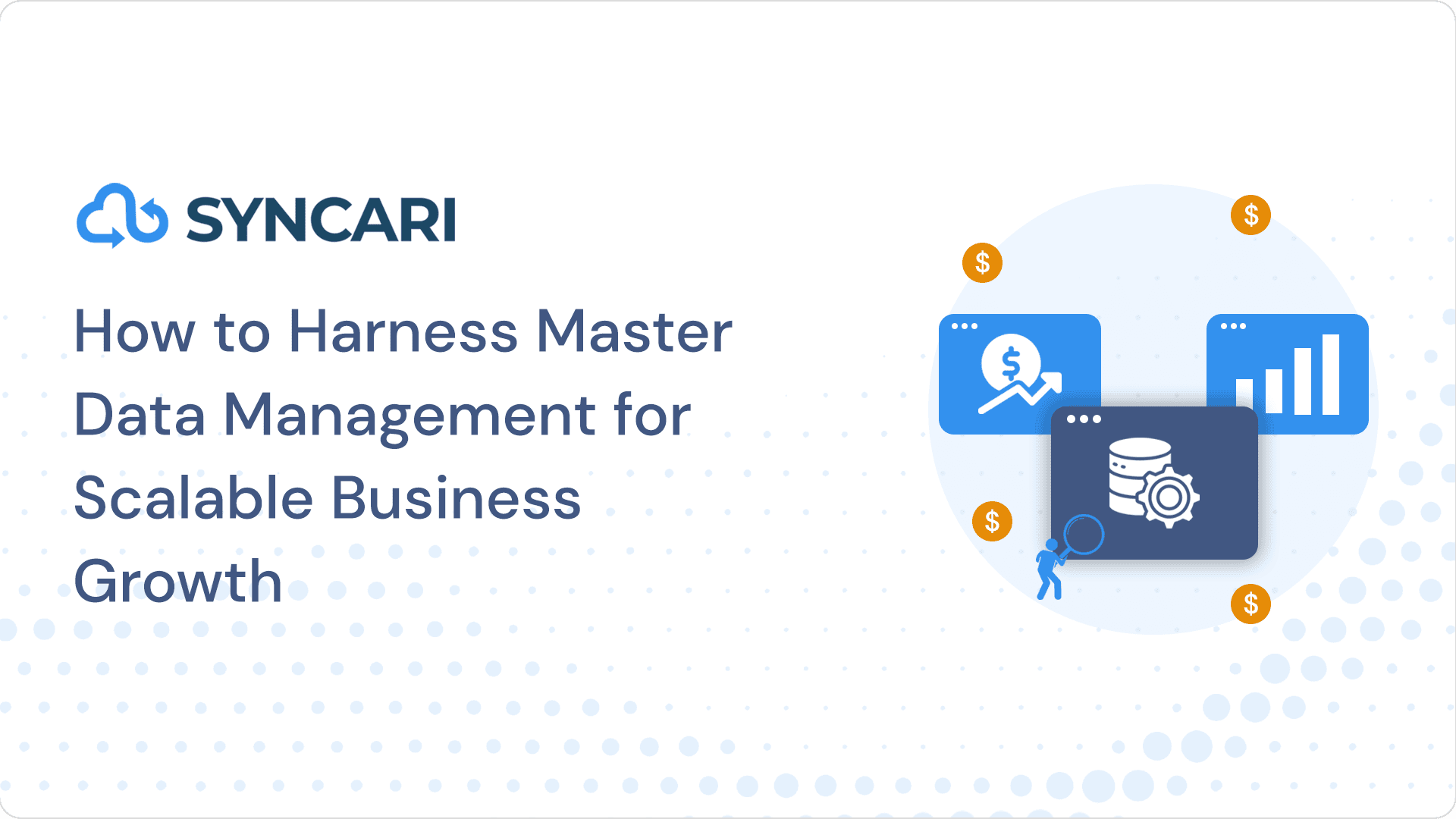If your B2B business uses both Zendesk and Jira, integrating these two platforms can bring significant benefits to your team’s productivity and efficiency. With Syncari, you can take this integration to the next level and streamline your workflows even further.
Zendesk and Jira are two of the most popular platforms for customer service and issue tracking, respectively. By integrating these two platforms, your customer service and engineering teams can easily collaborate and communicate to resolve customer issues faster and more effectively.
However, without proper management, the integration can become cumbersome and cause more problems than it solves. That’s where Syncari comes in. Syncari is a data automation platform that helps B2B businesses streamline their data workflows across multiple systems, including Zendesk and Jira.
[ Related: What You Need to Know About the Jira-Salesforce Integration ]
Does Zendesk integrate with Jira (Vice Versa: Does Jira Integrate with Zendesk)?
Yes, by integrating Zendesk and Jira it becomes possible to near real-time link, track, and synchronize information between Zendesk tickets and Atlassian Jira issues. This integration fosters collaboration between support and development teams.
Zendesk Support teams can establish links between customer tickets in Zendesk and the development work tracked in Jira. This enables them to monitor the progress of any Jira issues associated with the Zendesk ticket, and even create new Jira issues within Zendesk Support.
Jira-using development teams can view any Zendesk tickets linked to the Jira issues they are working on. They can see important ticket details such as status, priority, and type, as well as all customer communications by checking the Zendesk ticket comments within Jira. These teams can also link tickets to Jira issues and add new comments to Zendesk tickets, which enables them to communicate with Support agents directly within Jira.
Moreover, the field syncing feature facilitates near real-time data syncing between Jira and Zendesk Support, ensuring that ticket and issue data in both platforms stays up to date. Lastly, Jira can automatically update a Zendesk ticket whenever the issue status changes, so Support teams are always informed of any developments.
How to use the Native Jira Zendesk (Zendesk Jira) integration?
To use the Jira-Zendesk (Zendesk-Jira) integration, you will need to set up the integration in both platforms. Here are the basic steps to set up the integration:
- In Jira, go to the “Apps” section and search for the Zendesk integration. Install the integration and follow the prompts to connect your Jira and Zendesk accounts.
- In Zendesk, go to the “Admin” section and select “Integrations”. Search for the Jira integration and install it. Follow the prompts to connect your Zendesk and Jira accounts.
- Configure the integration settings to match your business needs. For example, you can choose which Zendesk tickets or Jira issues should be synced, and what information should be included in the sync.
- Test the integration to ensure it’s working as expected. Create a test ticket or issue in one platform and check that it’s syncing to the other platform.
- Train your team on how to use the integration. Make sure your customer support and engineering teams are aware of the integration and how it works. Encourage them to collaborate and communicate effectively using the integration.
Once the integration is set up and configured, you can start using it to improve collaboration and communication between your customer support and engineering teams. For example, when a customer support ticket is created in Zendesk, a corresponding issue can be created in Jira automatically. The engineering team can then work on the issue in Jira and update the corresponding Zendesk ticket when it’s resolved.
Can Jira create a Zendesk ticket (Vice Versa: Can Zendesk create a Jira ticket)?
Yes, Jira can create a Zendesk ticket, and vice versa, Zendesk can create a Jira ticket. Both platforms offer bi-directional integrations that allow for this functionality.
In Jira, users can create a Zendesk ticket from within a Jira issue by using a Zendesk integration. This integration allows users to push Jira issues to Zendesk as tickets, including relevant information such as issue summary, description, and attachments.
Similarly, in Zendesk, users can create a Jira issue from within a Zendesk ticket by using a Jira integration. This integration allows users to push Zendesk tickets to Jira as issues, including relevant information such as ticket description, attachments, and comments.
This bidirectional integration between Jira and Zendesk helps improve collaboration and communication between customer support and engineering teams, allowing them to resolve issues faster and more efficiently.
[ Related: Learn How We Use Syncari to Centralize Data from Disparate Sources ]
What is Zendesk for Jira (Vice Versa: What is Jira for Zendesk)?
Zendesk for Jira is an integration between two software platforms that helps teams work together more efficiently. Zendesk is a customer support and ticketing platform used by businesses to manage customer interactions, while Jira is an issue and project tracking tool used mainly by software development teams. By integrating the two platforms, customer support and engineering teams can easily collaborate and communicate to resolve customer issues faster and more effectively.
For example, when a customer support ticket is created in Zendesk, the integration can automatically create a corresponding issue in Jira, allowing the engineering team to work on resolving the issue. When the issue is resolved, Jira can automatically update the corresponding Zendesk ticket, notifying the customer that their issue has been resolved.
Jira for Zendesk works similarly, allowing engineering teams to easily collaborate with customer support teams by creating and updating Jira issues directly from within Zendesk. This integration helps improve communication and collaboration between teams, ultimately leading to better customer experiences and increased business success.
What’s the difference between Jira and Zendesk?
Jira and Zendesk are two software platforms that serve different purposes in business. Jira is an issue and project tracking tool used mainly by software development teams to manage and track tasks, bugs, and feature requests throughout the software development lifecycle. It helps teams work together, prioritize work, and deliver high-quality software products.
Zendesk, on the other hand, is a customer support and ticketing platform used to manage customer interactions across multiple channels, including email, chat, social media, and phone. It helps businesses track and resolve customer issues, automate common tasks, and analyze customer feedback and satisfaction metrics.
Ultimately, Jira is mainly used by software development teams for project management and tracking, while Zendesk is mainly used by customer support teams for ticketing and managing customer interactions. Though both platforms offer integrations with each other, they are designed to meet different business needs.
Why isn’t the Native Zendesk-Jira Integration Enough?
Having a bidirectional integration between Zendesk and Jira can be a valuable part of a data GTM (Go-To-Market) strategy, but it often is not enough on its own. Here are a few reasons why:
- Limited integration scope: While Zendesk and Jira are both powerful tools, they are designed for different purposes. Zendesk is a customer support platform, while Jira is a project management tool. As a result, the data you can collect from these platforms is limited to the scope of their respective functionalities. You may miss out on valuable data from other sources such as Pendo and Salesforce.
- Lack of context: Even with a bidirectional integration, you may not have enough context to make informed decisions since you will still lack data to/from other disparate sources. For example, you may have data on customer support tickets in Zendesk and related issues in Jira, but you may not know how these relate to broader trends in your industry or market.
- Data quality: Bidirectional integrations require careful management to ensure data quality. For example, you may need to map fields between Zendesk and Jira to ensure that data is properly synchronized. If this process is not managed carefully, you may end up with inaccurate or incomplete data if not dreaded duplicate tickets.
- Actionability: Finally, even with high-quality data, you need to be able to take action based on that data. This may require additional tools or processes beyond Zendesk and Jira. For example, you may need to use data visualization tools or build custom workflows to support your data-driven decisions.
While a bidirectional integration between Zendesk and Jira can be a valuable part of a data GTM strategy, it is important to consider the limitations of these platforms and ensure that you have the necessary context, data quality, and tools to take meaningful action based on the data you collect.
[ Related: What is Data Unification? ]
What are the Explicit Limitations of the Native Zendesk-Jira Integration?
We dived into the overarching reasons why the Zendesk-Jira integration isn’t enough for B2B businesses, but here are a few explicit points you must be aware of:
- Supported versions: Jira Cloud, Jira Data Center, and Jira Server 7.0 and newer.
- No automatic resolution of conflicting data:
- If the same data is changed in both Zendesk or Jira simultaneously or a system goes down, there may be conflicts that require manual resolution since the integration isn’t stateful.
- Once data is synced, it cannot be removed easily. However, you can disable field syncing altogether, which disables all field links.
- The field syncing feature is case-sensitive. Support field values must exactly match Jira field values.
- Limited Customization Options:
- Sync direction can be set on a per-field basis, but only one mapping per field is allowed.
- Bidirectional syncing of the same field is not supported.
- The field mapping screen displays custom field types from all Jira projects in a single list.
- All mapped fields for a particular issue or ticket are updated via a single API call. If a mapped field is misconfigured, all fields will not be updated.
- Syncing a field from multiple linked tickets to a Jira issue field, or from multiple Jira issues to a field on a ticket, is not supported and causes the sync to stop for the particular ticket or issue. See Many-to-one-syncing.
- Complexity: The integration can be complex to set up and manage, especially for businesses with larger teams or more complex workflows. This may require additional time and resources to ensure the integration is configured correctly.
- Additional cost: The integration may require additional fees or subscription upgrades to use, depending on the plan or package you have with both Zendesk and Jira.
Overall, while the Zendesk-Jira integration offers significant benefits for B2B businesses, it’s important to be aware of these limitations and ensure that the integration meets your specific needs before investing time and resources into setting it up.
[ Related: How to Build a Holistic Customer Health Score ]
Uplevel Your Zendesk-Jira Integration with Syncari

With Syncari, you can automate the syncing of customer service tickets and issue tracking information between Zendesk and Jira, eliminating the need for manual data entry and reducing the risk of errors. This not only saves time and resources but also ensures that your teams have accurate and up-to-date information with Syncari’s multi-directional stateful sync.
Syncari also provides advanced data management capabilities, such as data cleaning, deduplication, and normalization. These features help ensure that your data is consistent and accurate, regardless of the source system.
Additionally, Syncari allows you to set up custom workflows and automations that fit your specific business needs. For example, you can automate the creation of Jira tickets based on specific Zendesk triggers, or vice versa. You can also create custom rules to route tickets to the appropriate team or individual, based on criteria such as customer type, severity level, or issue type.
By using Syncari to manage your Zendesk-Jira integration, you can optimize your workflows and improve collaboration between your customer service and engineering teams. This ultimately leads to better customer experiences and increased business success.
To start, integrating Zendesk and Jira is a smart move for any B2B business. But with Syncari, you can take this integration to the next level by automating data syncing and management, setting up custom workflows, and ensuring data accuracy and consistency. Give Syncari a try today and see the difference it can make in your business.


